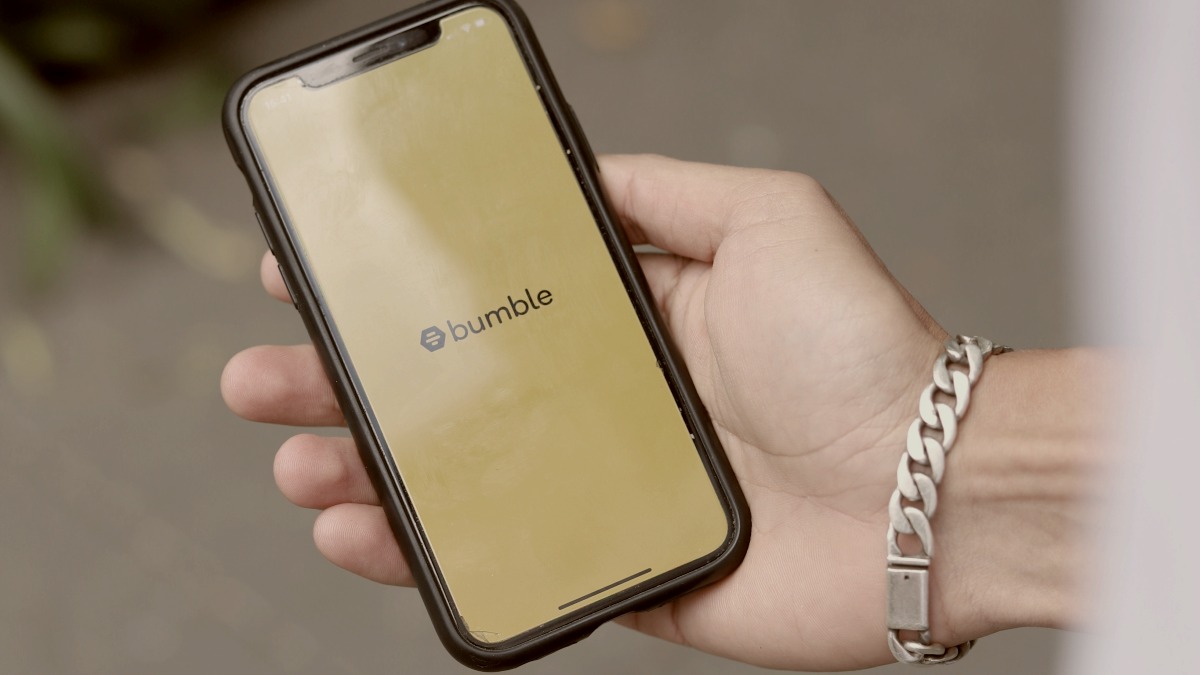
2 Powerful Ways To Break Free From the 'Potential Trap'
If you're dating who someone could be instead of who they are, these two shifts can save you from heartbreak.

By Mark Travers, Ph.D. | November 20, 2025
Healthy relationships are rarely ever static. They evolve as the people in them do. As partners spend time together, they inevitably change by learning, adapting and uncovering ways of understanding each other. And when both partners view growth as a journey they can support one another on, it creates potential for both mutual and personal growth.
However, this can come with a slight risk: confusing genuine connection with your partner's potential. While individual growth is possible and even healthy, it becomes dangerous when you idealize your partner's capacity for change rather than their consistent behavior.
Believing in someone's potential can feel supportive at first. However, it can also give rise to a process of constant waiting and hoping they'll become the version you see in your mind, even when their actions tell a different story. You may find yourself excusing inconsistencies, overlooking mismatched values or believing that once they just "get there," everything will finally fall into place.
But without realizing it, you may start falling for a futuristic, non-existent version of your partner that promises the potential. You may hold on to their words more than their actions as you wait for them to reach this unimagined potential. Although this waiting can feel like patience or a sign of emotional maturity, slowly but surely, your emotional baseline will start to shift.
Here are two ways you can stop falling for the potential trap.
1. Train Your Brain To Focus On Evidence Over Potential
When you fall for someone's potential, your imagination takes the lead. You begin filling in the gaps with who you believe they could be, relating more to your expectations than to the person actually standing in front of you.
A 2023 study published in Social Psychological and Personality Science examined how people remembered and forecasted their relationships depending on the emotion they focused on, positive or negative. The researchers found that people filter their view of their relationship through whatever emotion feels most salient in the moment.
Participants who focused on a negative event recalled their relationship as worse and expected more conflict in the future. Conversely, those who focused on a positive event remembered and forecasted more warmth and connection. Interestingly, even imagined scenarios reshaped memory and expectation.
This shows that your present emotional lens directly shapes how you remember the relationship and what you predict it could become.
In another study, researchers tracked 200 couples across nearly 5,000 daily observations. They wanted to understand how accurately people can predict their partner's emotions and behavior from one day to the next. They discovered that the participants' forecasts were partly right. However, they were mostly biased by how they were feeling in the present moment.
So, if you felt close and affectionate today, you'd likely predict that your partner would be loving tomorrow, too — even if the relationship has been historically rocky. This is called "temporal projection bias": the tendency to project whatever you feel now into the future.
This bias may change the way you view your partner and the relationship. However, you can train yourself to pay attention to actual evidence so as to not fall for this trap. The key is to separate what you feel from what's actually happening.
One of the best ways to do this is through "evidence tracking." Once a week, try to jot down what your partner actually did, in contrast to what they promised, implied or what you imagined. It's important to keep it neutral and behavioral. Ask yourself if they follow through on their promises or plans by focussing on whether actions matched their words. This is a simple way to objectively interrupt your emotional storytelling. Your brain learns to rely on observation.
It's healthy to believe in someone's growth. But the difference between faith and fantasy is proof of progress. Let your belief expand in proportion to their demonstrated effort. Overall, training your brain to notice evidence is about becoming self-aware. The idea is to start relating to people as they are, not as your mind hopes they'll be.
2. Ask Yourself What Their Potential Represents
Often, what draws you to someone isn't just who they are, but also what you see reflected back in them. The qualities that make a partner captivating — say their confidence, emotional depth or creativity — can often be the very traits you want to improve in yourself.
In other words, you might fall for their confidence because you're yearning to embody more of it. Or, their emotional intelligence might feel magnetic because it mirrors the sensitivity you've been taught to suppress. This means that, without even realizing it, you might fall for them because you're vicariously falling for the parts of yourself you hope they'll awaken.
In a 2020 study, researchers explored the ways individuals expected to change by virtue of their relationship. After analyzing the data, they identified four kinds of self-change:
- Self-expansion. Growing in positive ways through your partner (e.g., becoming more confident or open).
- Self-adulteration. Adopting negative traits or habits from your partner.
- Self-pruning. Letting go of negative parts of yourself through your partner's influence.
- Self-contraction. Losing parts of yourself that you value because of the relationship (e.g., independence, curiosity).
However, the results showed that participants overestimated how much their partner would actually help them grow. Although these positive expectations were initially linked with higher relationship satisfaction and commitment, when the actual change didn't match the expected change, their satisfaction didn't increase. This was the case even when their commitment to each other was high.
In these cases, some partners stay committed not because the relationship is fulfilling them, but likely because they're still attached to the version of themselves they expect to become.
This is where self-inquiry becomes essential. When you notice yourself drawn to someone's potential, learn how to mindfully pause and ask: What part of me feels incomplete without them? Often, what you admire in them is something your psyche is inviting you to cultivate internally.
There is a very fine line between genuine admiration and emotional outsourcing. So, instead of waiting for a partner to "unlock" your potential for you, treat your attraction to them as feedback. If you love their creativity, start expressing yours; if you're drawn to their emotional depth, create more space for your own.
Delegating your growth to someone else is both unrealistic and unfair. But when you start embodying those traits yourself, the illusion of waiting for someone to help you "become" your ideal self dissolves. In turn, the relationship shifts from dependency to mutual evolution. With this awareness, you also understand whether or not you're really with someone for the way you feel, or if you are attached to what they may offer you.
In the end, falling for someone's potential can do you significantly more harm than you realize. If you're waiting for an imagined future — for your own evolution or theirs — then you need to be ready to accept that it may never happen. This isn't to deny that relationships can be powerful catalysts for growth; they absolutely can be. But real transformation isn't promised just by potential, but also evidenced by action.
Take this quick science-backed test to see how satisfied you truly feel in your relationship, beyond hopes or potential: Relationship Satisfaction Scale
A similar version of this article can also be found on Forbes.com, here.
